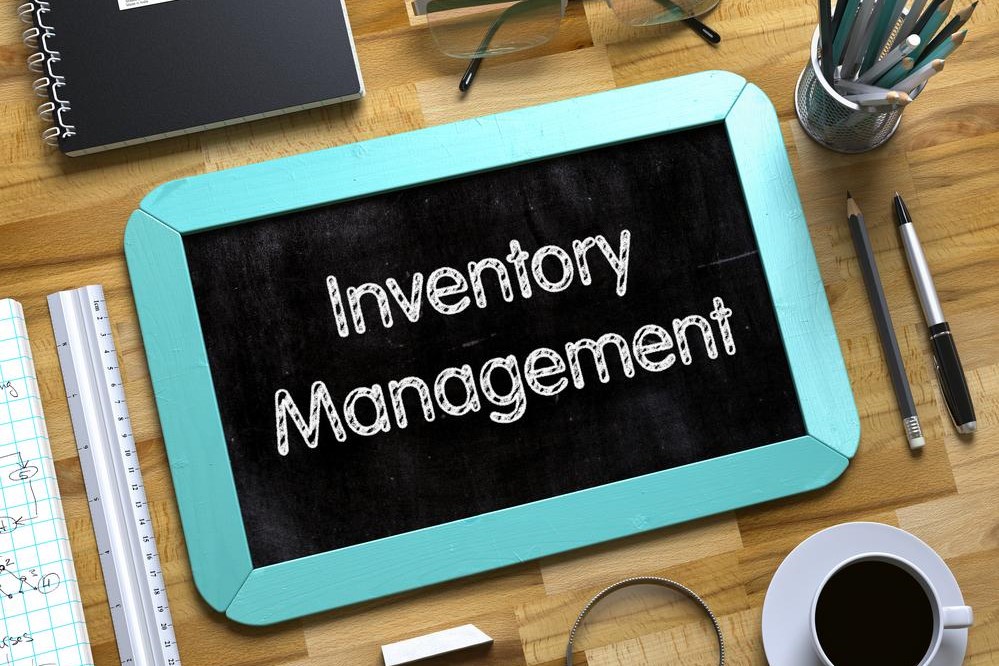Streamlining Asset Management Through Efficient Planning
Discover how simple planning and effective asset management systems can streamline your organization's asset tracking, maintenance, and reporting processes. Suitable for various industries, these solutions improve efficiency, reduce costs, and enhance operational oversight through customized labels, scheduled maintenance, and real-time alerts. Implementing such systems ensures better asset visibility, optimized workflows, and minimized downtime, making them an essential part of modern organizational management.

Enhance Asset Management with Straightforward Planning
One of the primary challenges organizations face worldwide is efficiently tracking, overseeing, and maintaining assets dispersed across multiple locations. Vital details such as asset ownership, location, maintenance routines, warranty status, and more are often hard to access. Implementing an asset management system provides a comprehensive solution for tracking and managing assets seamlessly.
What benefits does an asset management system offer?
Tracks assets throughout their lifecycle—from purchase to disposal.
Monitors asset movements with transfer logs and tracking sheets.
Allows the creation of custom labels containing key data, easily accessed via barcode or QR code scans.
Supports setting maintenance reminders, warranties, and service schedules to keep records up-to-date.
Enables quick reporting of issues to address breakdowns efficiently, preventing losses.
Sets inventory thresholds to generate alerts when stock levels are low.
Facilitates task assignment for asset verification among staff members.
Industries Benefiting from Asset Management Systems
Information Technology & Software
Energy & Oil & Gas
Government Agencies
Hospitality & Tourism
Healthcare
Media & Entertainment
Educational Institutions
Manufacturing
Non-Profit Organizations
Essential Asset Data for Tracking
Unique asset code and series
Asset images and detailed specifications (brand, model, serial number)
Status indicators and condition reports
Supporting documents like purchase orders, warranties, and insurance papers
Linked assets for grouped movements
Ownership details, especially for leased or rented assets
Purchase details including cost, date, and vendor information
Custom fields specific to organizational needs
Ability to batch upload via Excel templates
Tracking updates made by staff members for accurate records
Preventive Maintenance Strategies
Schedule activities for individual or multiple assets
Create independent or linked schedules
Define custom maintenance types such as monthly calibrations or weekly inspections
Assign costs and categorize activities based on financial impact
Optimizing Asset Tracking with Scheduling
Set schedules as weekly, monthly, yearly, daily, or custom
Create one-time activities linked to specific dates
Assign scheduling responsibilities to designated users
Attach relevant files and descriptions
Receive timely alerts and reminders
Store additional custom info within schedules
Set default parameters for routine activities
Manage active schedules through dedicated reports
Use color coding to distinguish activity types
Enhancing System Efficiency
Save activity updates and mark completed tasks
Attach inventory items to activities for transparency
Bulk close activities where applicable
Export pending tasks for offline management
Maintain logs of deleted or canceled activities
Create reports for completed tasks with detailed insights
Track expenses related to completed activities
Filter activities by assignee, activity type, asset category, vendor, and date
Use search features with filters for comprehensive management










